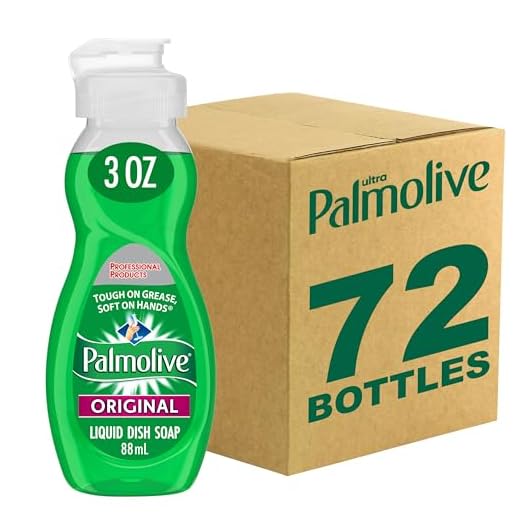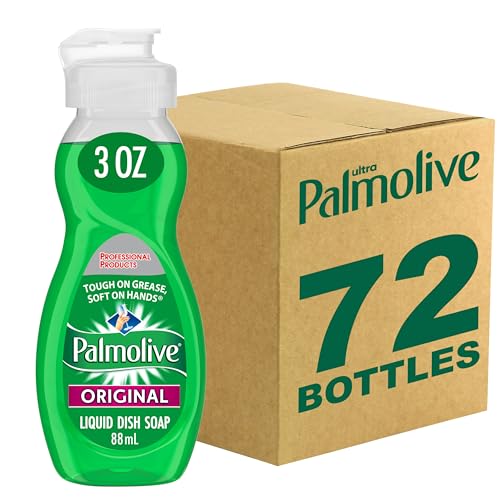



Immediate action yields the best results; blot the stain with a clean cloth or paper towel to absorb excess liquid. Avoid rubbing, as this can push the pigment deeper into the fibers.
Next, apply cold water directly onto the affected area. This helps to dilute the remaining color. If possible, place the stained section under a cold running faucet for a few minutes.
For effective treatment, create a solution with a mixture of liquid dish soap and hydrogen peroxide. Use a ratio of 1:1, applying it gently to the stain with a soft cloth. Allow it to sit for about 30 minutes before rinsing thoroughly with cold water.
If the stain persists, consider using white vinegar diluted with water in a 1:2 ratio. Apply this mixture to the fabric, letting it sit for an additional 30 minutes before rinsing. Always test any cleaning solution on an inconspicuous area first to ensure it won’t damage the fabric.
Finally, launder the item as recommended by the care label. Check the stain before drying; heat can set any remaining color. Repeating the treatment may be necessary for stubborn stains.
Identify the Type of Material Before Treatment
Assess the fabric type immediately. Different textiles react uniquely to stains and cleaning methods.
- Cotton: Generally durable and can withstand a variety of cleaning agents. Check care labels for specific instructions.
- Silk: Delicate and requires gentle treatment. Avoid harsh chemicals that can damage the fibers.
- Wool: Sensitive to temperature and agitation. Use cold water and mild detergents to prevent shrinking.
- Polyester: Stain-resistant and can handle most cleaning solutions. Usually easy to clean.
- Denim: Often robust but can be colorfast. Test any cleaning solution on a hidden area first.
Before applying any cleaning solution, conduct a patch test on a less visible area to observe the fabric’s reaction. This helps avoid further damage.
Knowing the specific characteristics of the fabric will guide you in choosing the right approach for stain removal, ensuring the best chance for success without compromising the integrity of the material.
Blotting techniques for immediate response
Immediately absorb the spill with a clean, dry cloth or paper towel. Gently press the fabric against the affected area to soak up as much liquid as possible. Avoid rubbing, as this can push the pigment deeper into the fibers.
If available, use a white cloth to prevent color transfer. Change the cloth or paper towel frequently to ensure maximum absorption. Once the initial soaking is complete, consider applying a small amount of cold water to the stained area. Blot again to dilute the remaining liquid.
For stubborn spots, sprinkle a bit of table salt or baking soda on the damp area. These substances will help draw out the residual stain as they absorb moisture. Allow the salt or soda to sit for several minutes before carefully brushing it off.
After blotting, refrain from drying the area with heat, as this can set any remaining color. Instead, let the fabric air dry until further treatment can be applied.
Using Salt and Baking Soda for Stain Absorption
Apply a generous amount of salt immediately after the spill. The salt acts as a natural absorbent, drawing liquid away from the fabric. Allow it to sit for about 10 to 15 minutes before gently brushing it off. This method is particularly effective on fabrics like cotton and linen.
Afterward, mix baking soda with a bit of water to create a paste. Apply this paste to the affected area and let it dry completely. Once dry, gently scrub the area with a soft brush or cloth. Baking soda not only absorbs remaining liquid but also neutralizes any odors that may linger.
Stain Removal Table
| Material Type | Method | Duration |
|---|---|---|
| Cotton | Salt application followed by baking soda paste | 10-15 minutes for salt, 1-2 hours for baking soda |
| Linen | Salt application followed by baking soda paste | 10-15 minutes for salt, 1-2 hours for baking soda |
| Polyester | Baking soda paste only | 1-2 hours |
Always test a small, inconspicuous area of the fabric before applying these methods to ensure no damage occurs. For additional culinary insights, check out this link on how to cook a banana squash.
Applying White Wine or Club Soda as a Neutralizer
Using white wine or club soda can effectively counteract the effects of a deep-colored beverage on fabrics. Pour a small amount of white wine directly onto the affected area. This liquid helps to dilute the pigments, making it easier to lift the stain. After applying, gently blot with a clean cloth to absorb the mixture.
Alternatively, club soda proves beneficial as well. Its carbonation aids in lifting the discoloration. Pour club soda onto the stain, allowing it to bubble and penetrate the fibers. Blot with a cloth, repeating the process until the mark diminishes. Both methods work best when employed immediately after the incident.
Considerations for Both Methods
Test any solution on an inconspicuous area first to ensure colorfastness. Fabrics may react differently, and identifying any adverse effects prior to application is wise. After treatment, clean the area with water to remove any residual liquid, ensuring no new marks form.
Follow-Up Care
After utilizing either method, launder the fabric according to care instructions. Avoid heat until confident the stain is completely removed, as heat can set any remaining traces. Keep an eye on the area for any lingering signs and treat as necessary.
Utilizing Commercial Stain Removers Effectively
Select a stain remover specifically designed for wine stains. These products often contain enzymes that break down the pigments responsible for discoloration. Always check the label for compatibility with the fabric type.
Before applying, conduct a patch test on an inconspicuous area to ensure no adverse reactions occur. Apply the remover directly onto the affected area, allowing it to sit for the recommended time specified in the instructions, typically between 5 to 10 minutes.
After the designated time, gently blot the stain with a clean cloth or paper towel, working from the outside toward the center to prevent spreading. Rinse the area with cold water to remove any residues from the stain remover.
For persistent stains, repeat the process one or two more times. If the stain remains after several attempts, consider consulting a professional cleaner, as they may have access to stronger formulations that aren’t available for home use.
Always follow up with a thorough wash according to the care instructions of the fabric to ensure all cleaning agents are completely removed.
Washing and Drying Tips Post-Treatment
After treating the fabric, it’s crucial to wash it correctly to ensure any remaining residue is removed. Utilize the hottest water temperature safe for the specific fabric type. Always check the care label for guidelines.
Pre-Wash Check
Inspect the treated area before laundering. If any discoloration persists, repeat the treatment process instead of proceeding to the wash. This step prevents setting the stain during washing.
Washing Process
Use a high-quality laundry detergent that targets tough stains. Add a cup of white vinegar during the rinse cycle to help neutralize odors and enhance cleaning. For delicate fabrics, a gentle cycle is preferable; for durable materials, opt for a standard cycle.
Post-wash, avoid fabric softeners as they can leave residues that might attract more dirt. Instead, choose a dryer sheet or dryer balls if necessary, but only for dryer-safe items.
Drying should be done according to fabric specifications. Air-drying is best for delicate materials to prevent shrinkage or damage. If using a dryer, ensure it’s set to a low heat setting to avoid any potential harm to the fibers.
Always double-check that the stain is completely gone before drying in a machine, as heat can cause any remaining stain to set permanently.







